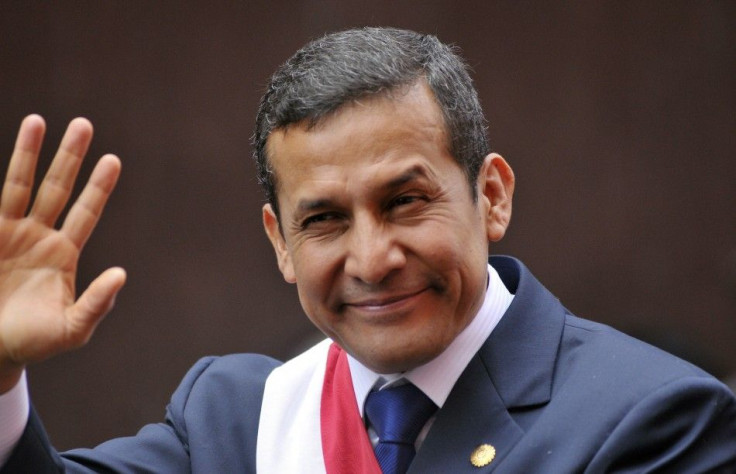Peru Aims to Broker Union-Newmont Mining Talks

Peru's government will broker talks on Friday between townspeople and U.S.-based miner Newmont in a bid to solve a conflict over the planned $4.8 billion Minas Conga gold mine, officials said.
The mining project, partly-owned by Peruvian precious metals miner Buenaventura , would be the biggest investment ever in Peru's mining sector but local residents oppose it on fears it will threaten local water supplies.
President Ollanta Humala campaigned on promises to end social conflicts over some 200 mining and oil projects nationwide, and the new mine would provide big tax revenues for the government under a new royalty and tax plan it has introduced.
Officials at Newmont's Peruvian unit Yanacocha have said the project would provide tax revenues of about $300 million a year to the government, based on current gold prices.
Protests against the Conga project and the Yanacocha mine have turned violent or snarled operations this month.
The government is trying to avert further conflict and protesters have given Newmont until Thursday to essentially abandon the project, which is highly unlikely.
We will continue to engage with central and regional government and community leaders to understand and address the concerns of stakeholders in that region, Newmont Chief Executive Richard O'Brien said on a results call on Friday.
Officials from both sides said they would participate in talks hosted by Peru's mining ministry on Friday but that details of the agenda were not yet clear.
Authorities, mayors, the regional president and community organizations are invited, said Milton Sanchez, head of a civic group that has organized assemblies against the project.
Minas Conga is expected to produce between 580,000 and 680,000 ounces of gold per year starting in 2014. Peru is the world's No. 6 gold producer and the second largest copper producer.
O'Brien said Newmont and Buenaventura are absolutely committed to taking care of local land and water, but that some community resistance could be expected in the next few years as more workers move into the field for construction.
What we're trying to do is respond to those things and let people know that we will listen and that they don't need to stand in the road to protest, he said.
© Copyright Thomson Reuters 2024. All rights reserved.






















